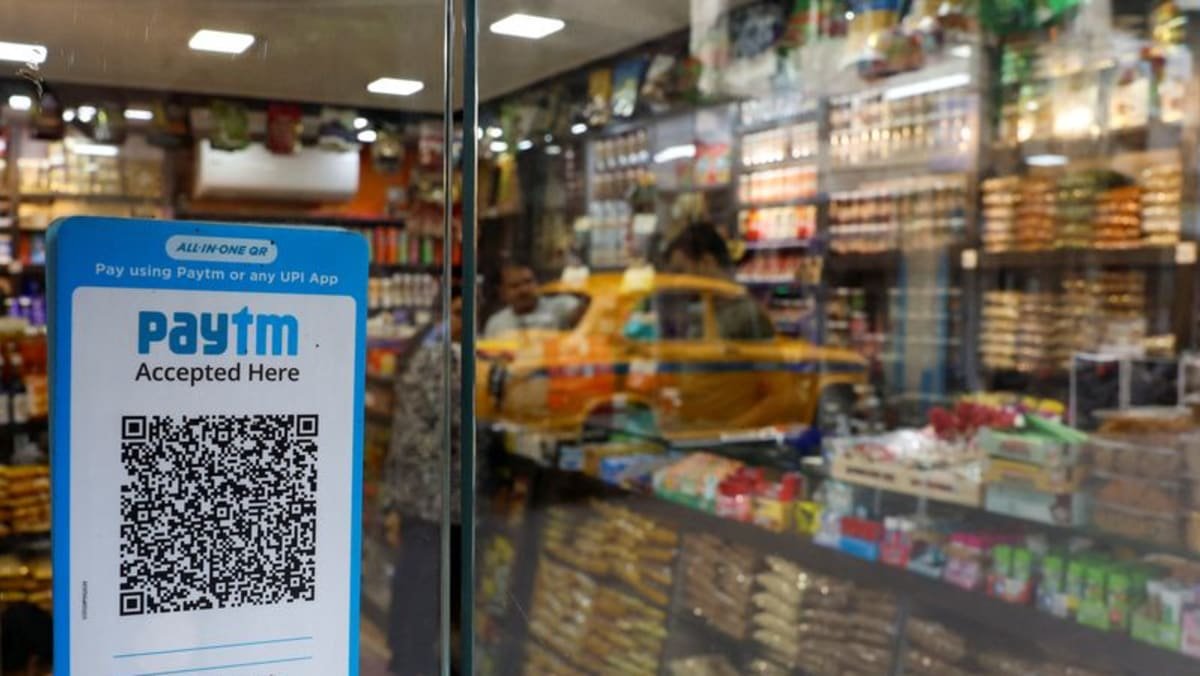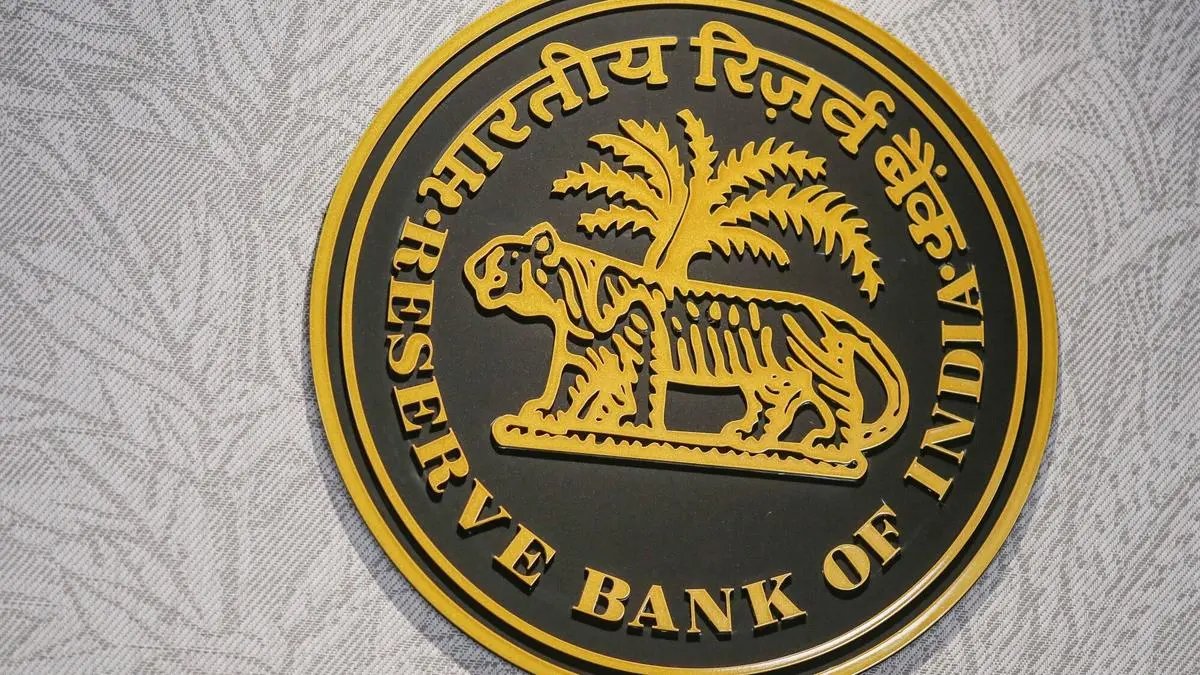What’s going on here?
The Indian rupee ticked up slightly to 83.9950 against the US dollar, bouncing back from a dip near its all-time low of 84.0750, thanks to well-timed interbank dollar sales.
What does this mean?
Strategic interbank dollar sales and a cautious approach by banks gave the rupee a much-needed lift, even as pressures like foreign investor outflows and climbing oil prices loomed large. Initial dollar demand from foreign banks, likely representing custodial clients, was offset by efforts from the Reserve Bank of India to curb sharper currency drops. Meanwhile, Indian stock markets and regional currencies saw mixed reactions, with key indexes like the BSE Sensex and Nifty 50 slipping as foreign investors sold nearly $8 billion in stocks, redirecting funds to Chinese markets. Notably, India’s trade deficit offered some silver lining, narrowing to $20.78 billion in September from $29.65 billion in August, painting a cautiously optimistic economic picture.
Why should I care?
For markets: Interbank dynamics steer currency waters.
The tactical interbank dollar sales that supported the rupee show how strategic actions influence currency stability. Despite existing pressures, such maneuvers can ease investor concerns and maintain a degree of market balance, though equity markets remain volatile due to global fund shifts.
The bigger picture: Trade improvements amid currency challenges.
India’s narrower trade deficit hints at a more robust trade environment, especially amid recent rupee volatility and global economic uncertainties. As India addresses these issues, aided by strategic reserve moves, its economic resilience stands out for investors and policymakers watching the evolving Asian market landscape.







